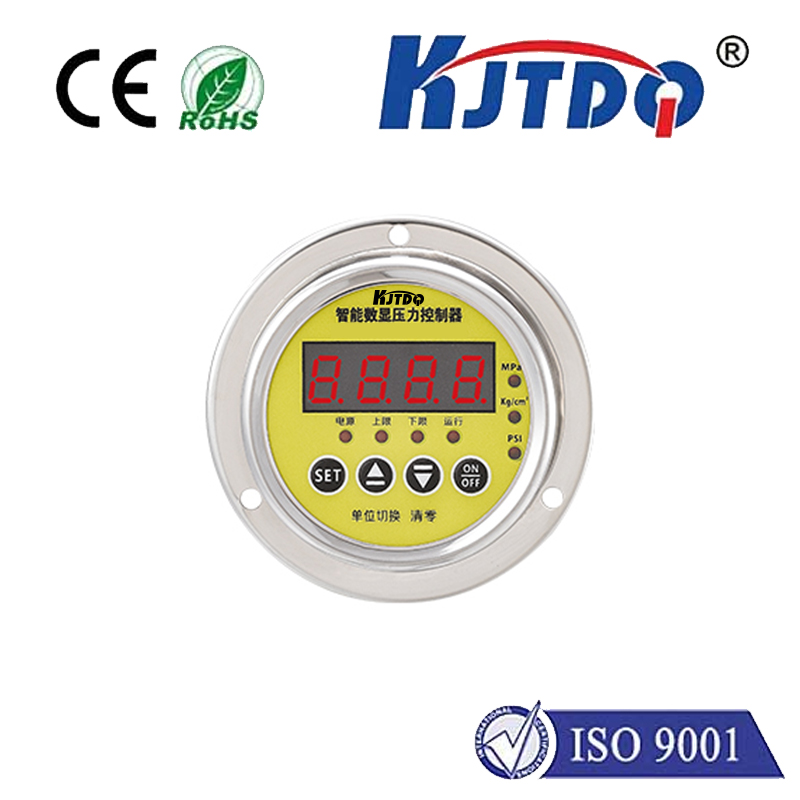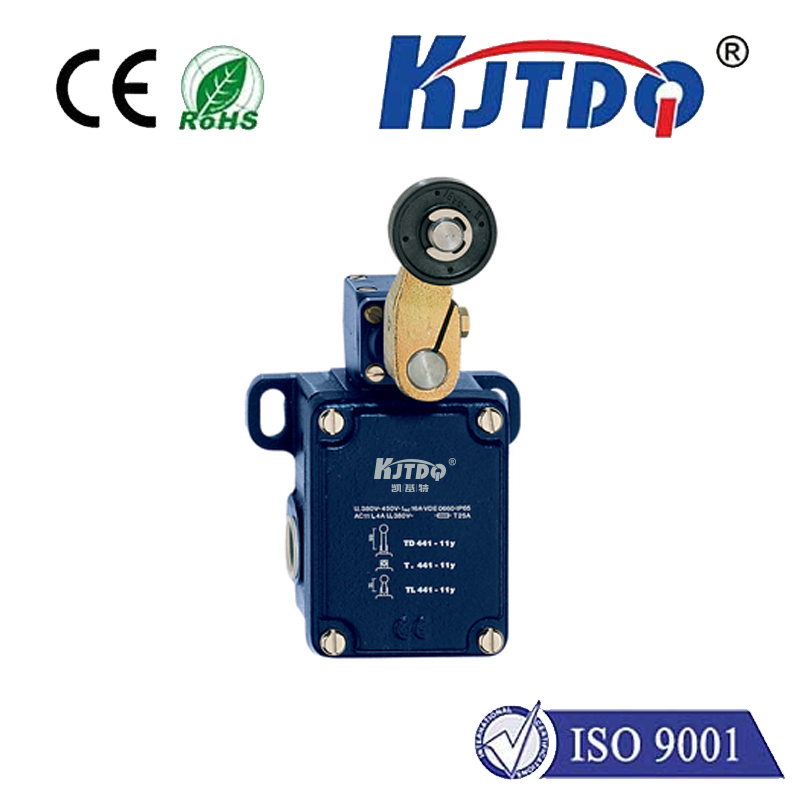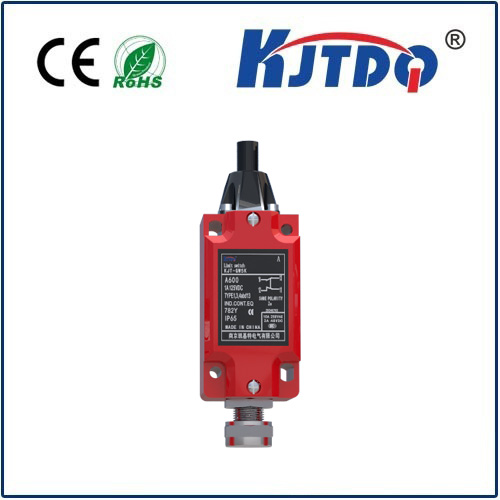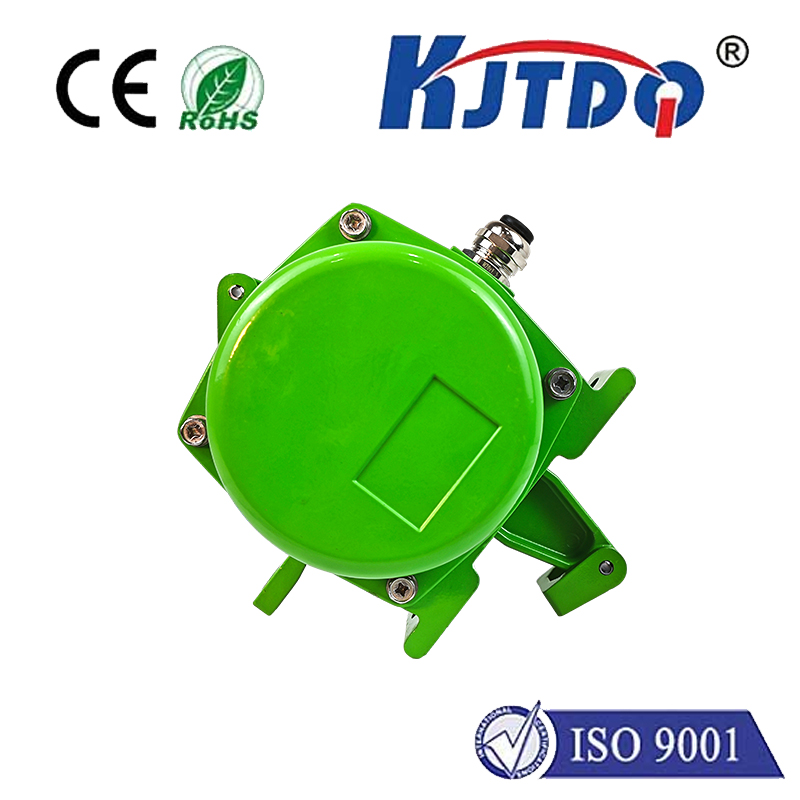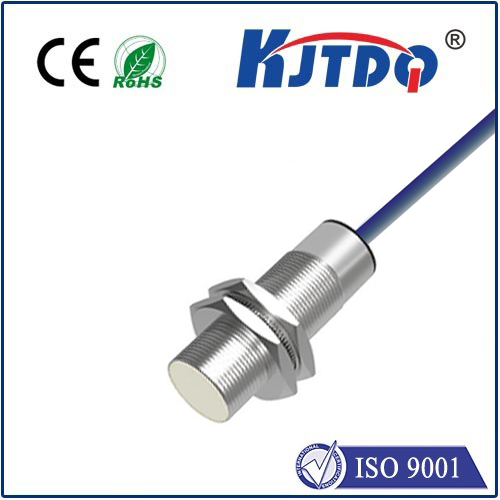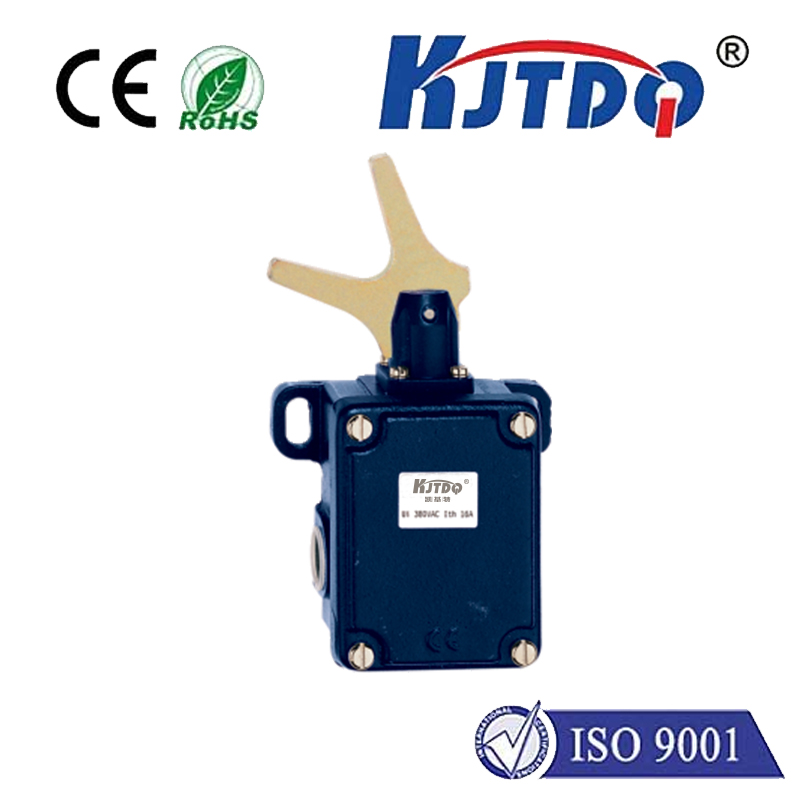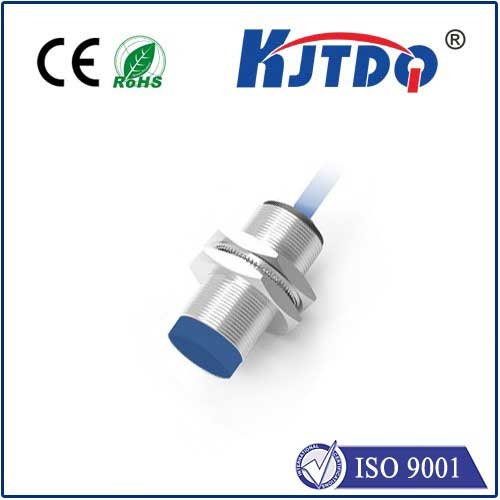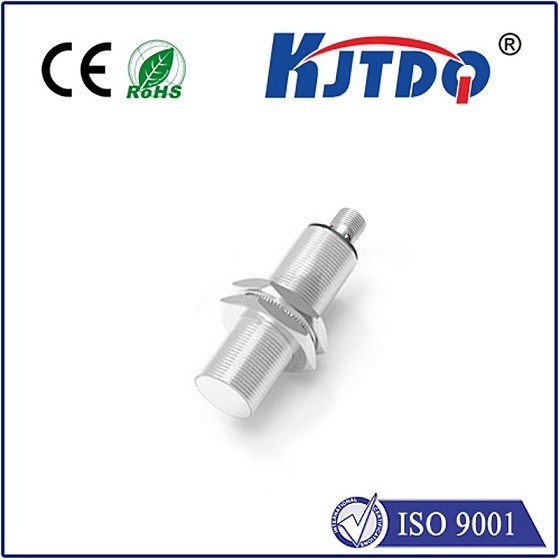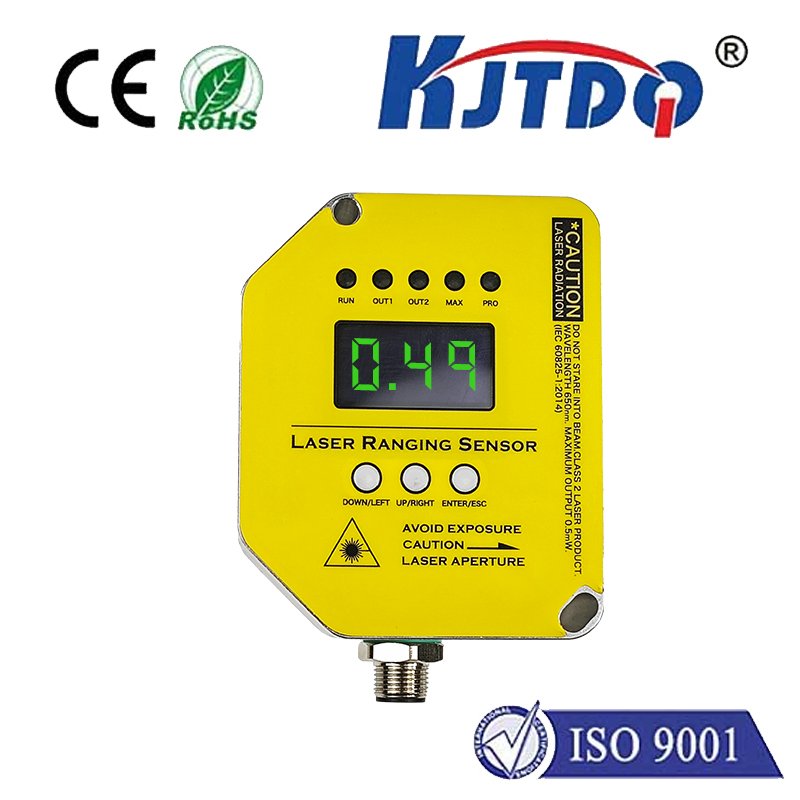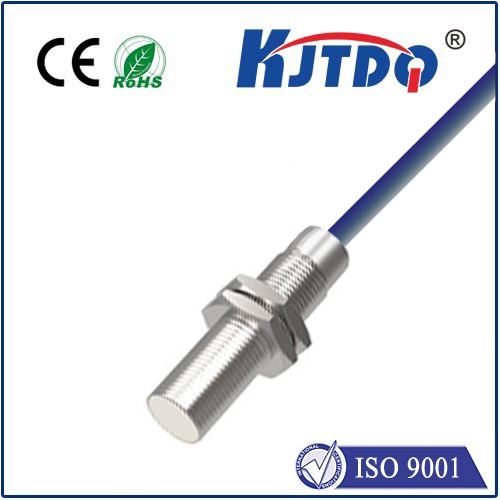

check

check

check

check
Imagine an expensive turbine spinning at thousands of RPM. Suddenly, vibration levels spike. How do you catch this critical change before catastrophic bearing failure halts production? For decades, engineers tasked with protecting high-value rotating assets faced this challenge. The technology that transformed the answer? Proximity probe vibration measurement. This sophisticated, non-contact approach didn’t just offer another way to track movement; it fundamentally changed how we monitor machinery health for prevention, precision, and unparalleled reliability.
Unlike traditional contact sensors like accelerometers glued to casings, proximity probes work on a fascinating principle: electromagnetic eddy currents. Mounted rigidly near (but never touching) a conductive target – typically a shaft or bearing journal – the probe generates a high-frequency electromagnetic field. As the target moves relative to the probe, this field induces eddy currents within the target material. Crucially, the strength of these eddy currents changes based on the *distance* between the probe tip and the target. The probe’s sophisticated electronics precisely measure these minute changes in the electromagnetic field, converting them into a direct voltage proportional to the gap. This gap voltage translates directly into dynamic displacement – the core signal for vibration analysis.

This non-contact method provides inherent advantages that are critical for protecting vital machinery. Consider the limitations of alternatives. Accelerometers measure casing vibration, an indirect indicator of internal forces. Velocity sensors offer valuable data but integrate signals, potentially masking high-frequency detail. Proximity probes deliver the most direct measurement possible: the actual movement of the rotating shaft itself relative to the stationary bearing housing. This is paramount because:
Proximity probe vibration measurement is the undisputed gold standard in industries where precision and prevention are non-negotiable. Power generation plants rely on them to monitor turbines and generators, safeguarding against costly unplanned outages. In oil and gas, proximity probe systems protect critical compressors and pumps on offshore platforms and refineries. Large industrial motors and high-speed compressors across manufacturing depend on their continuous, real-time data. They are indispensable for managing the complex dynamics of large gearboxes and ensuring the smooth operation of high-speed spindles in precision machining. Strategically placed probes, often configured in X-Y pairs at bearing locations, furnish essential data like shaft position, radial vibration amplitude and phase, and axial thrust position for comprehensive health assessment.
Modern condition monitoring systems integrate data from proximity probe (and other sensors) into powerful software platforms. Here, the nuanced data – amplitude, frequency, and phase information – undergoes sophisticated analysis. Engineers can detect the characteristic signatures of developing faults: the tell-tale frequencies of misalignment, the sub-synchronous harmonics indicating oil film instability, or the critical speed peaks signaling resonance issues. This enables predictive maintenance: scheduling repairs based on the actual condition of the machinery, dramatically reducing downtime and preventing expensive catastrophic failures. It transforms maintenance from reactive or time-based to truly proactive and optimized.
The power of non-contact monitoring using proximity probes lies in its directness and resilience. While other vibration measurement tools have value, proximity probes deliver the definitive picture of shaft motion, capturing critical parameters like the crucial phase angle essential for field balancing. By enabling the earliest possible detection of faults in demanding environments, they empower organizations to achieve unprecedented levels of equipment reliability and operational efficiency.
